News + Media
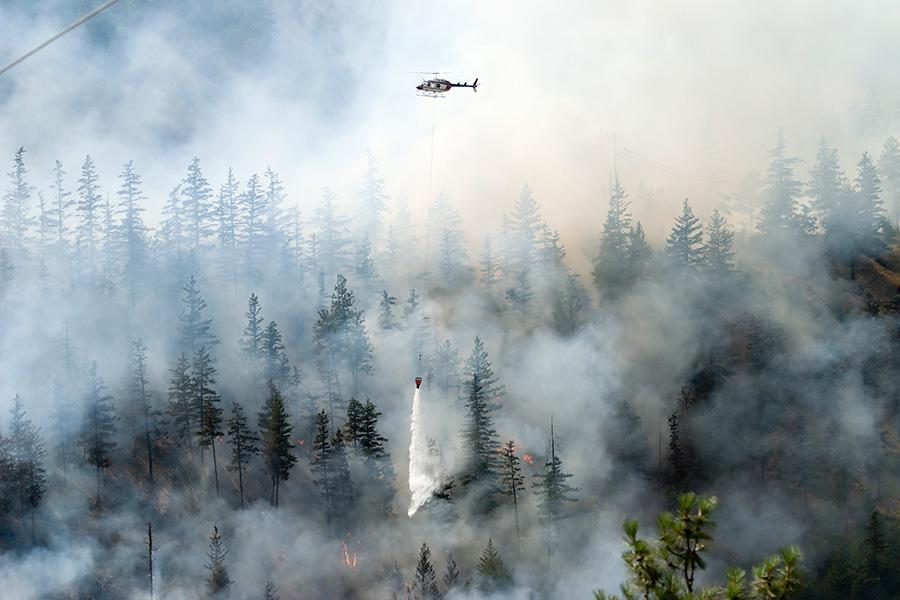
As Canada’s wildfires continue to be felt downwind, MIT experts weigh in on what to expect in the coming months, with wildfire season underway
Where there’s smoke, there is fire. But with climate change, larger and longer-burning wildfires are sending smoke farther from their source, often to places that are unaccustomed to the exposure. That’s been the case this week, as smoke continues to drift south from massive wildfires in Canada...
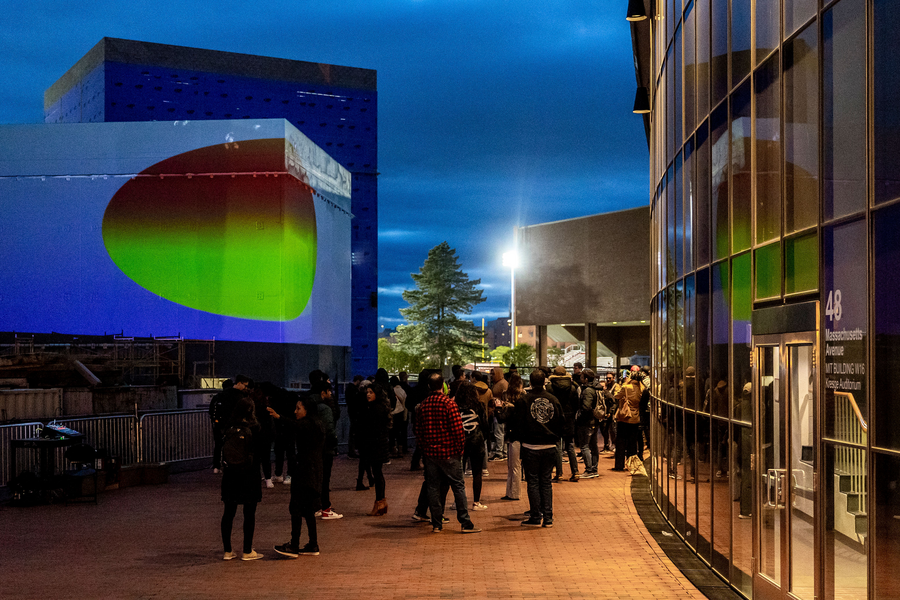
A variety of recent events highlighted efforts by faculty, staff, and students to make a difference today (MIT Office of the Vice President for Research)
From reuse and recycling to new carbon markets, events during Earth Month at MIT spanned an astonishing range of ideas and approaches to tackling the climate crisis.
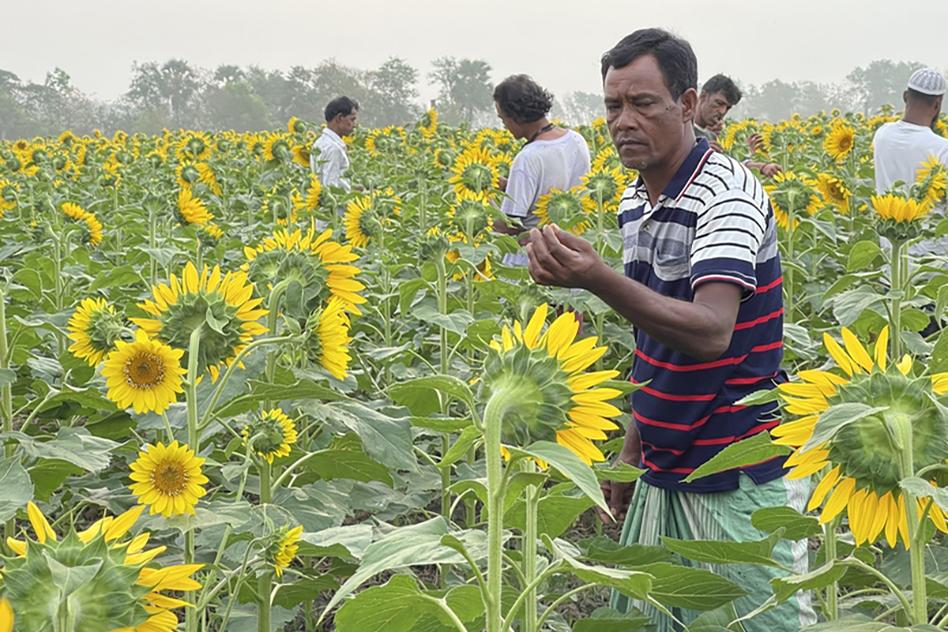
One of MIT’s five Climate Grand Challenges flagship projects involving significant Joint Program contributions, the Jameel Observatory-CREWSnet project will pilot in Bangladesh and Sudan to help communities adapt to the impacts of climate change (MIT Office of the Vice President for Research)
The following is a joint announcement from MIT and Community Jameel.
An international project to build community resilience to the effects of climate change, launched by Community Jameel and a research team at MIT, has been recognized as an innovation sprint at the 2023 summit of the...
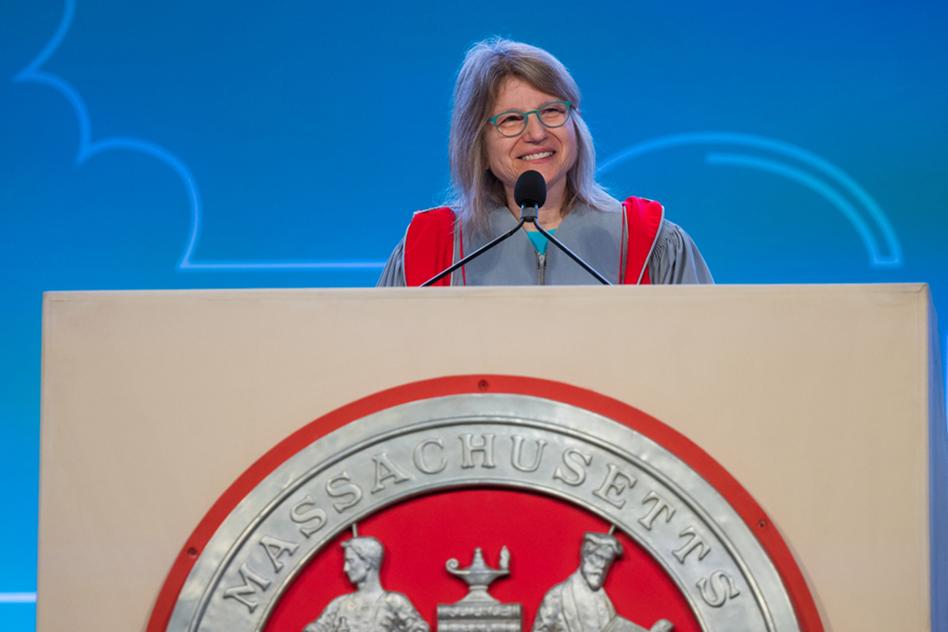
In her inaugural address, President Sally Kornbluth urges the MIT community to tackle pressing challenges, especially climate change, with renewed urgency
Sally Kornbluth made a resounding call today for the entire MIT community to join together and address the “global crises” of the current era, including climate change, in her inaugural address as the Institute’s 18th president.
“I hope to inspire you to join us in something...
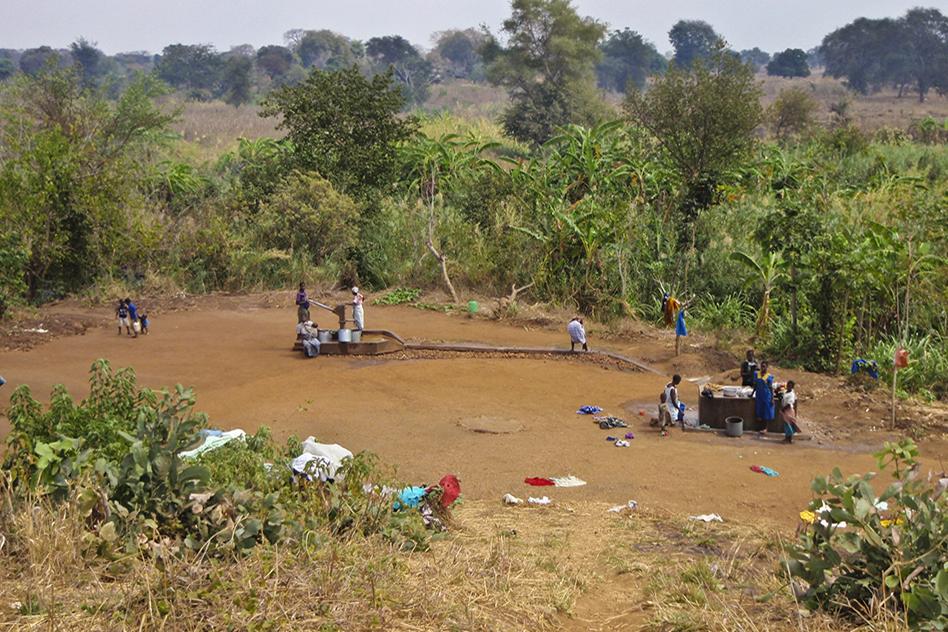
Article cites World Bank Country Climate and Development Report to which MIT Joint Program Research Scientist Kenneth Strzepek contributed (New York Times)
Meet the climate hackers of Malawi.
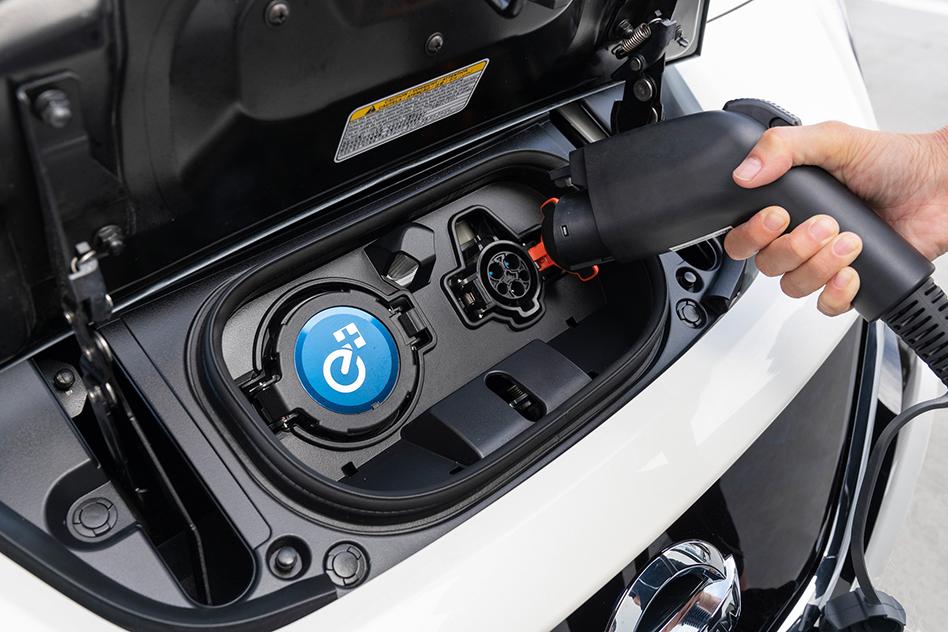
What goes into making EVs, where it comes from and at what human cost (Washington Post) (Related: CNBC)
CLEAN CARS, HIDDEN TOLL
The underbelly of electric vehicles What goes into making EVs, where it comes from and at what human costBy Aaron Steckelberg
,
Hannah Dormido
,
Ruby Mellen

A computational tool developed by researchers at the MIT Joint Program on the Science and Policy of Global Change pinpoints specific counties within the United States that are particularly vulnerable to economic distress resulting from a transition from fossil fuels to low-carbon energy sources...
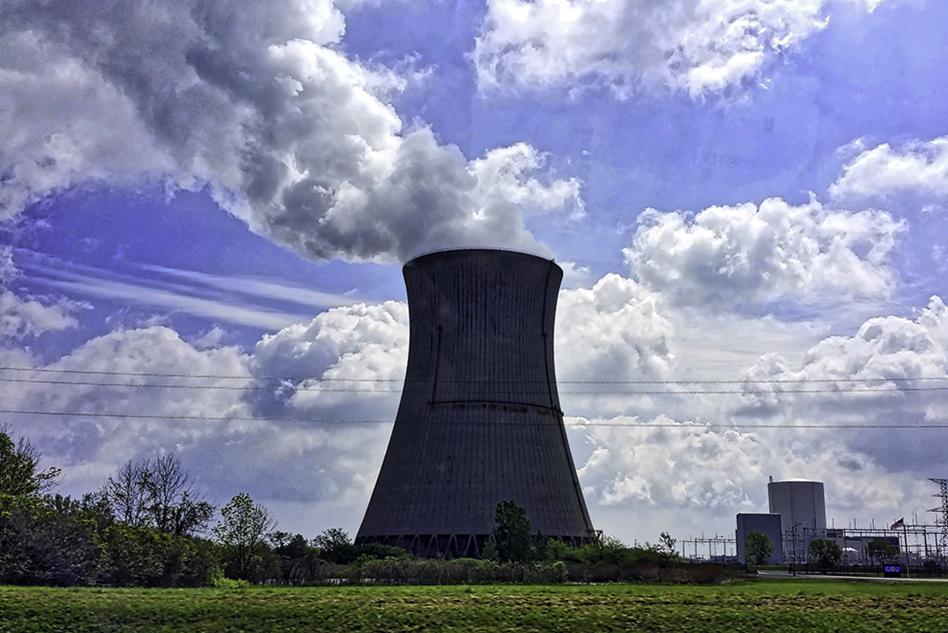
MIT Joint Program Principal Research Scientist Jennifer Morris comments on the viability of the nuclear power option (Washington Post)
CLIMATE LAB
America needs clean electricity. These states show how to do it.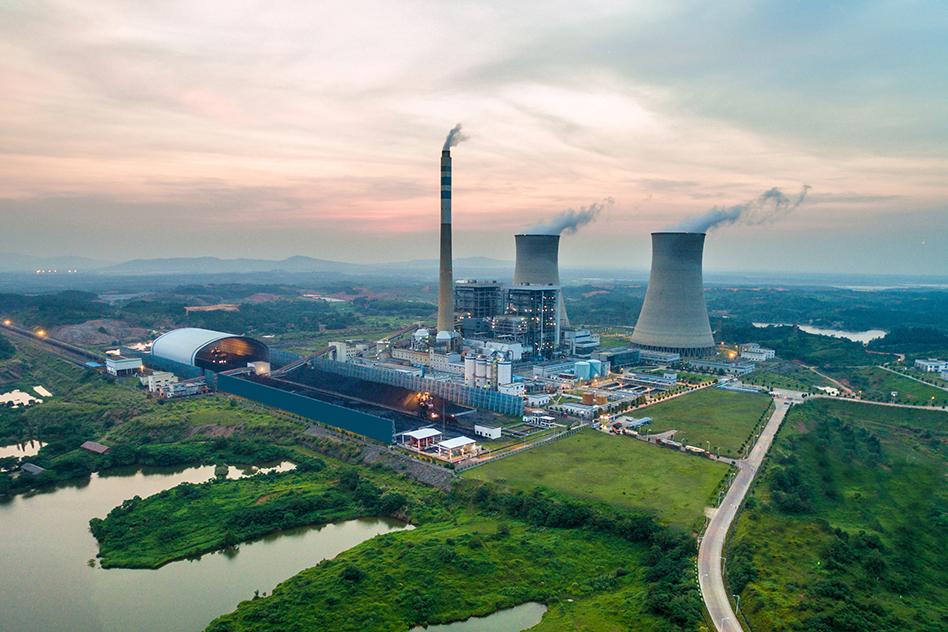
If reactors are retired, polluting energy sources that fill the gap could cause more than 5,000 premature deaths, researchers estimate (MIT News)
Nearly 20 percent of today’s electricity in the United States comes from nuclear power. The U.S. has the largest nuclear fleet in the world, with 92 reactors scattered around the country. Many of these power plants have run for more than half a century and are approaching the end of their...
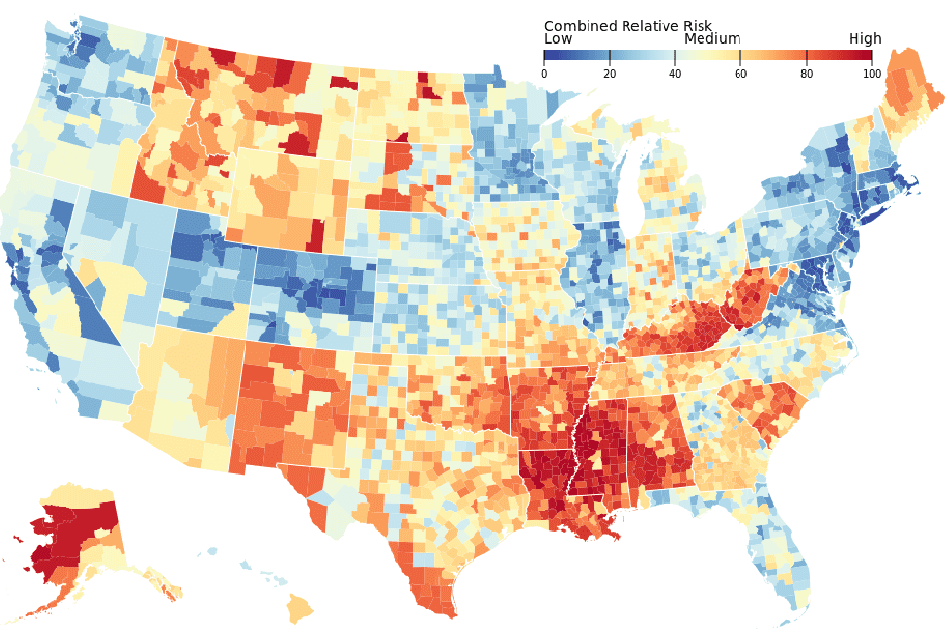
MIT Joint Program's STRESS platform shows that Maine counties have the highest risk in the region of having both high energy expenditures and high poverty rates (The Maine Monitor)
HOOKED ON HEATING OIL
Hooked on heating oil: Maine’s reliance on a dirty, expensive fuel Maine relies on home heating oil more than any other state. Ending that costly dependence could improve lives and fight climate change, but it won’t be easy.BY ANNIE ROPEIK | APRIL 8, 2023

